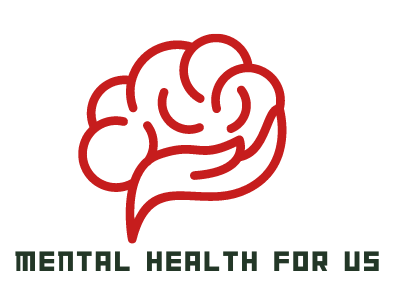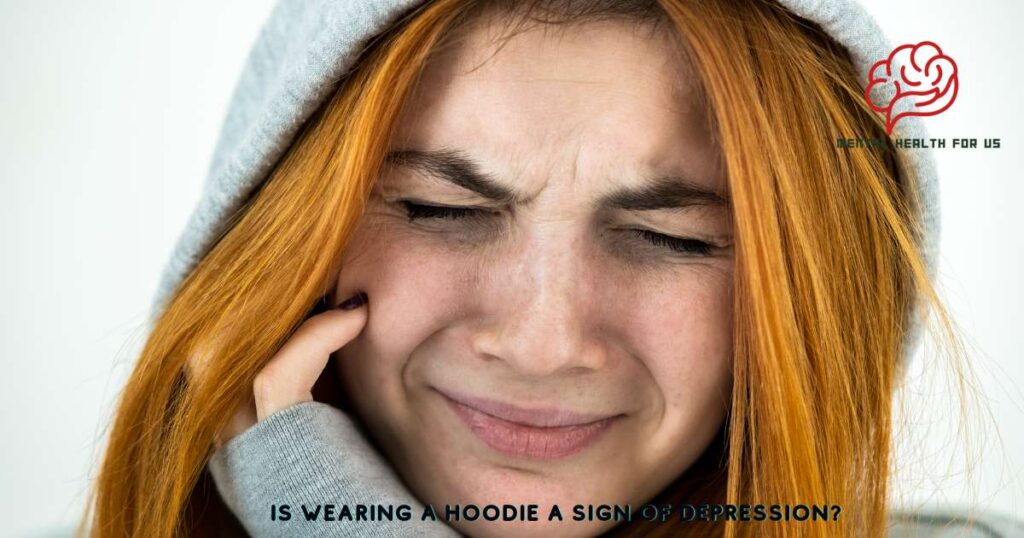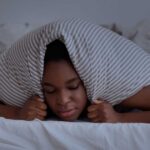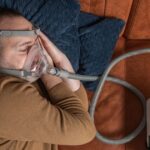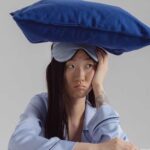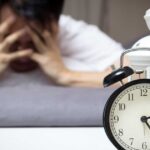Signs and Symptoms of Depression
Depression is a complex condition and affects millions worldwide. Although depression affects everyone differently, there are some common symptoms. Recognizing these signs can help you or a loved one get help. Remember that one or two of these symptoms do not indicate depression. However, professional help may be needed if these symptoms last two weeks or longer and impair daily life. Depressed patients are likely to care less about their dressing. This can be due to the lack of interest. Is Wearing a Hoodie a Sign of Depression? In this blog we will answer this question in detail.
Is Wearing a Hoodie a Sign of Depression?
Remember that everyone’s depression experience is different, and clothing choices shouldn’t be used to assess mental health. Considering comfort, trendiness, self-expression, and protection, wearing a hoodie may help people cope with or express depression.
Hoodies are comfortable and versatile, so wearing one may not indicate depression. Hoodies have grown in popularity due to their casual and trendy appeal and ability to express oneself.
Many people feel safe and secure in hoodies. When times are tough, the soft fabric and relaxed fit can help. Hoodies can also shield you from the world. For those with mental health issues like depression, this may appeal.
Hoodies allow self-expression. People can find a hoodie that matches their style and interests from a wide selection of styles, colors, and designs. For those experiencing identity loss due to depression, this can be a valuable outlet.
Clothing Choices and Mental Health Issues
Clothing can affect how people express and manage their emotions, especially mental health issues. People choose colors, patterns, and styles to express their moods or find comfort. Understanding how clothing affects mental health can help people with mental health issues understand and receive support. Is Wearing a Hoodie a Sign of Depression? Here we will discuss how personal style can reflect and manage mental health.
Correlation Between Clothing Choice and Mental Health Issues?
Clothing choices can affect mental health because people express their emotions through their style. People with mental health issues may prefer clothes that match their mood or are comfortable. Depressed people may wear casual or gym clothes for comfort and relaxation. However, anxious people may choose “safe” or inconspicuous clothing like hoodies or layers.
Social interactions also involve clothing, which can cause anxiety or rejection. A hoodie may make someone appear unapproachable or standoffish, leading to social isolation. Self-esteem-challenged people may dress to avoid attention, making them feel excluded.
Clothing choice can indicate a person’s emotional state, but not their mental health. Understanding how clothing affects mental health can help us create a more empathetic and inclusive environment.
Casual Clothes vs. Happy Clothes vs. Gym Clothes
Casual, happy, and gym clothes each have their own mental health associations. Depression patients may prefer casual clothes like hoodies for their comfort and coziness. Hoodies are calming and secure due to their relaxed fit and soft fabric.
However, happy clothes have bright colors and patterns. These clothes boost mood and evoke positive emotions. Happy clothes are popular with people who want to improve their mental health because they are lively and energetic.
While mostly associated with exercise and fitness, gym clothes also affect mental health. Physical activity boosts mood and mental health. Wearing gym clothes can motivate exercise and release endorphins that reduce anxiety and depression.
Clothing choices affect emotions, according to research. Women who are depressed tend to dress more casually and comfortably. This suggests a link between mental health and clothing, as emotions can affect how people dress.
Whether it’s casual, happy, or gym clothes, clothing affects mental health. Each choice affects emotional well-being differently by expressing oneself or finding solace.
Types of Clothing Items That Bring Joy to People with Mental Illness
People with mental health issues find joy in certain clothing items. Example: well-cut fabrics. Fitted clothing boosts confidence and self-esteem. Brightly colored fabrics also boost mood. Bright colors can boost mood and happiness.
In addition to well-cut and brightly colored fabrics, favorite shoes can bring mental illness patients joy. Comfort and familiarity in favorite shoes can bring a smile and a spring in one’s step.
Clothing accessories like hats and jewelry can also bring joy. Hats and jewelry can express personality and style, making people feel more confident and happy in their appearance.
In summary, well-cut fabrics, brightly colored fabrics, favorite shoes, hats, and jewelry bring mental illness patients joy. By adding these items to their wardrobe, people can improve their mood and mental health.
Impact of Color on Mental State & Favorite Colors
Color’s effect on mental state is fascinating in psychology. Colors affect our mental health by evoking different emotions and moods. Favorite colors can comfort mental health patients.
Colors deeply affect mood and emotions. Warm colors like red, orange, and yellow evoke energy and positivity. They can boost mental energy and happiness. Cool colors like blue, green, and purple are associated with calmness and relaxation. Soothing colors can reduce stress and anxiety.
Favorite colors are important for mental health. People are drawn to colors that bring them joy and comfort. These colors may evoke happy memories or reflect their personality. Using favorite colors in clothing and home decor can boost happiness and well-being.
Dressing Up as a Way to Combat Anxiety or Depression
Dressing up can help with anxiety and depression. When depressed, we lose motivation and neglect our appearance. However, dressing up can affect our mood and mental state.
Clothing can greatly affect self-esteem. We can feel better about ourselves by wearing something we like. This can reduce anxiety and depression. Dressing up can boost our mood and give us more energy for the day.
Wearing a favorite outfit, bright colors to boost mood, or comfortable yet stylish clothing that promotes well-being can help with anxiety and depression. Personal accessories like jewelry and scarves can also improve one’s appearance and mood.
Dressing up doesn’t cure anxiety or depression, but it can help manage and improve mental health. Dressing well can boost our self-esteem and well-being, helping us recover.
The Effectiveness of Using Clothing to Boost Moods
The clothes we wear affect our mood and mental health. Dressing up can improve our mood and confidence. Not just physical appearance, but psychological impact of self-esteem.
A study on women’s clothing choices found an intriguing emotional link. Happy women dressed well, paying attention to cut and style. Depressed people wore more casual and baggy clothes.
This suggests that dressing up can boost mood. Wearing well-fitted, comfortable, and colorful clothes can boost our mood. Self-care through dressing up lets us express ourselves and gain confidence.
Clothing cannot cure mental health issues, but it can help us manage and improve our well-being. Dressing up can improve our moods and outlook on life. Why not use clothing to support our mental health?
Conclusion
Is Wearing a Hoodie a Sign of Depression? The answer is, that hoodies are not always a sign of depression. Hoodies are comfortable and popular, and fashion tastes vary. Depression may cause a person to wear a hoodie for several reasons. Depression can deplete energy and motivation, making clothing choices difficult. Hoodies can provide comfort and security for some people. Clothing alone does not indicate depression; a mental health professional must assess a person’s mental health to determine if they have depression or other issues.
FAQs
How does a depressed person dress?
Depressed people may wear loose, disheveled clothes or prioritize comfort over style. Self-care, including dressing, can vary with depression.
What does the worst case of depression look like?
Though symptoms vary, the worst case of depression frequently includes severe sadness, hopelessness, social withdrawal, thoughts of self-harm or suicide, interrupted everyday functioning, and physical health issues. It’s serious and requires immediate medical attention.
Do hoodies help with anxiety?
Hoodies do not reduce anxiety. However, hoodies may help some people manage anxiety by offering a sense of coziness and familiarity. Treatment for anxiety should include counseling, relaxation techniques, and professional support, not just clothing.
